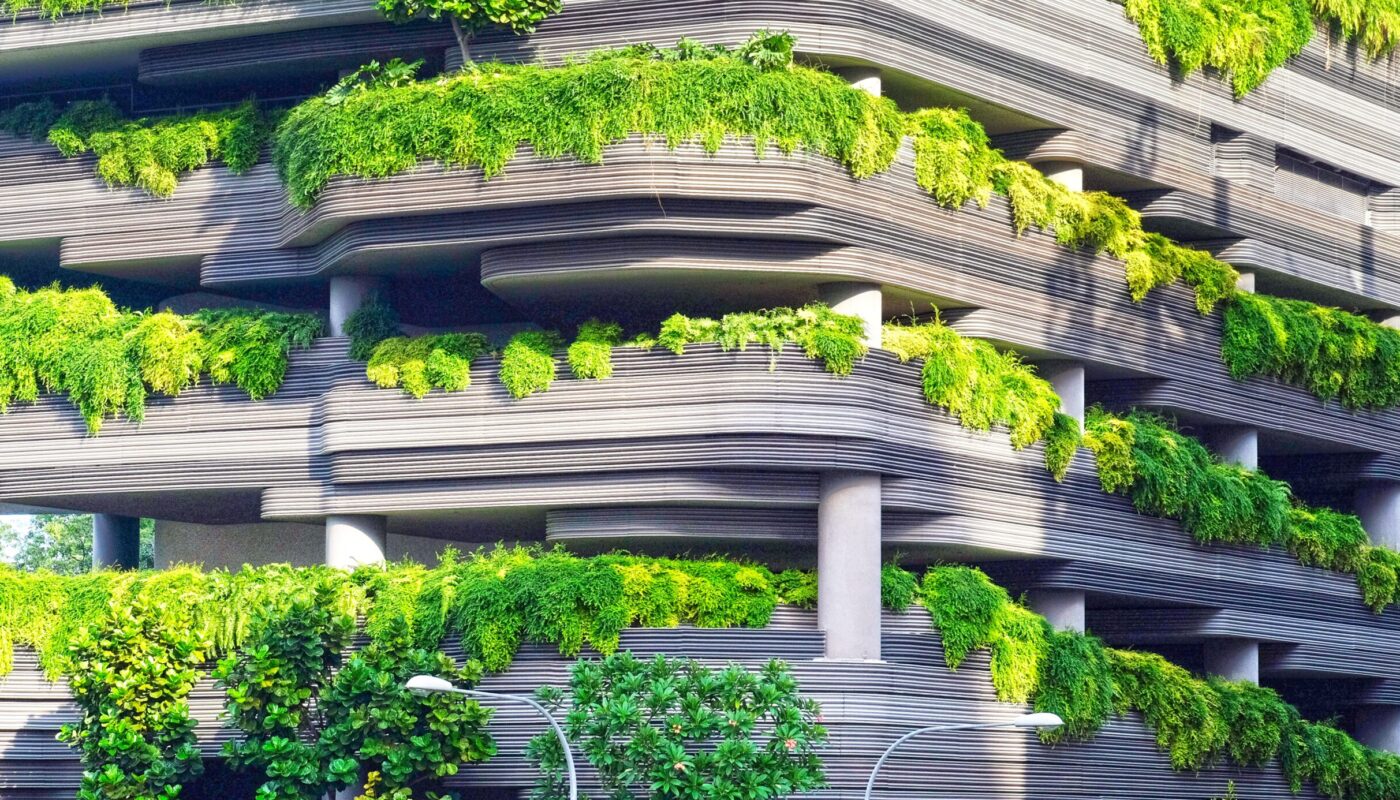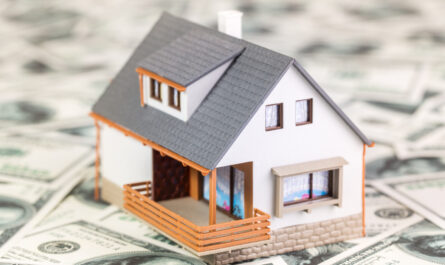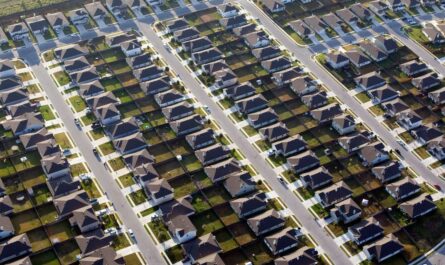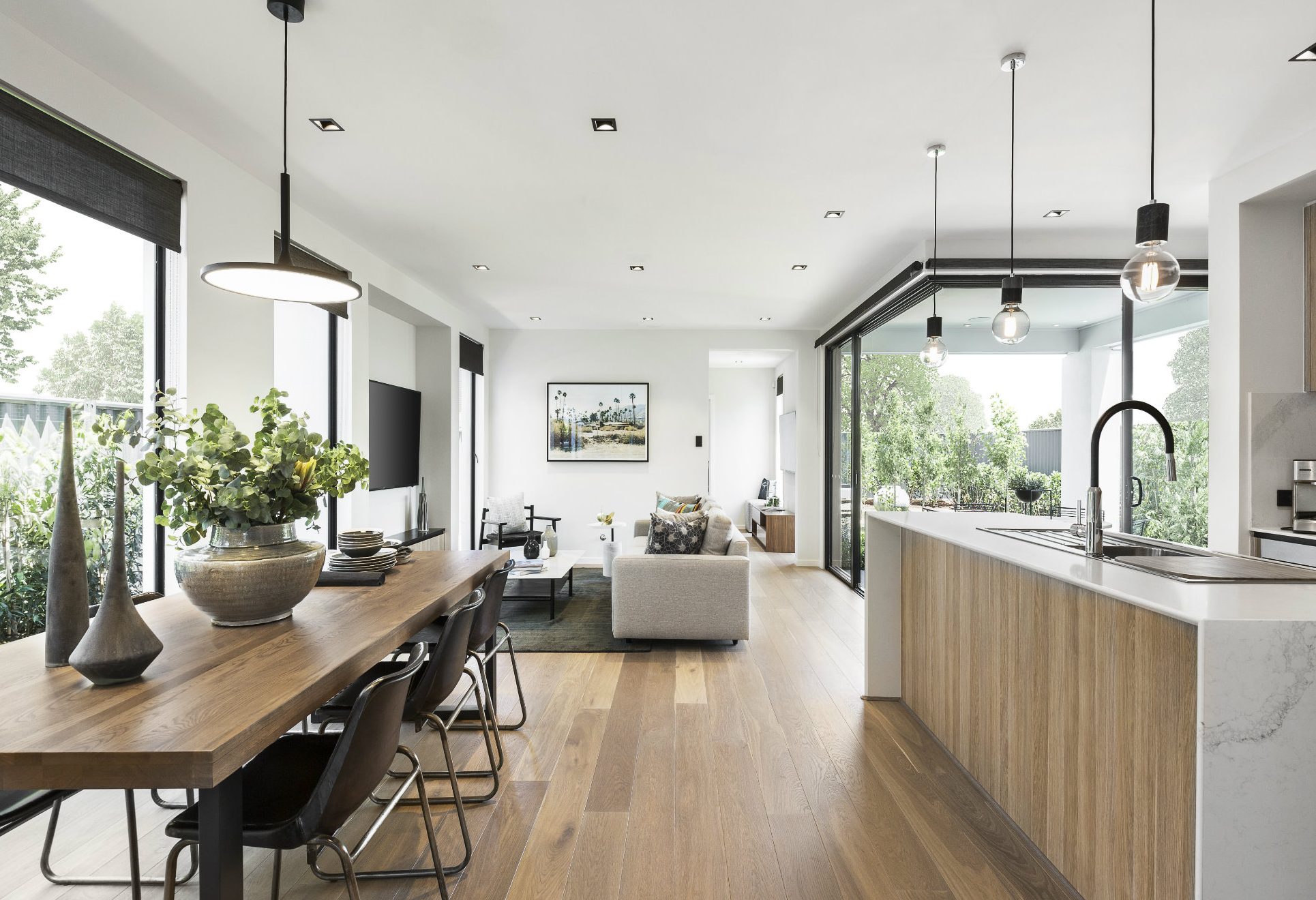As awareness of global climate change and its implications grows, so does the need for sustainable building practices in the real estate industry. With more businesses and individuals recognizing the importance of these environmentally-friendly measures, they are increasingly being adopted by developers, architects and home buyers alike. This article will explore why sustainable building practices are gaining traction in real estate, as well as their potential to reduce carbon emissions and create a more eco-friendly environment. We’ll also take a look at some of the challenges that come with transitioning to green construction techniques, as well as ways to address them.
What is sustainable building?
As the world becomes more aware of the need to protect the environment, sustainable building practices are gaining traction in the real estate industry. Sustainable building is the practice of designing, constructing, and operating buildings with minimal impact on the environment.
There are many benefits to sustainable building, including reducing greenhouse gas emissions, saving water and energy, and improving indoor air quality. Sustainable buildings also tend to be more durable and resilient than traditional buildings, meaning they can better withstand extreme weather events.
With the increased focus on sustainability, many real estate developers are beginning to incorporate sustainable features into their projects. However, sustainable building practices are still not widely used in the industry, and there is a lot of room for growth.
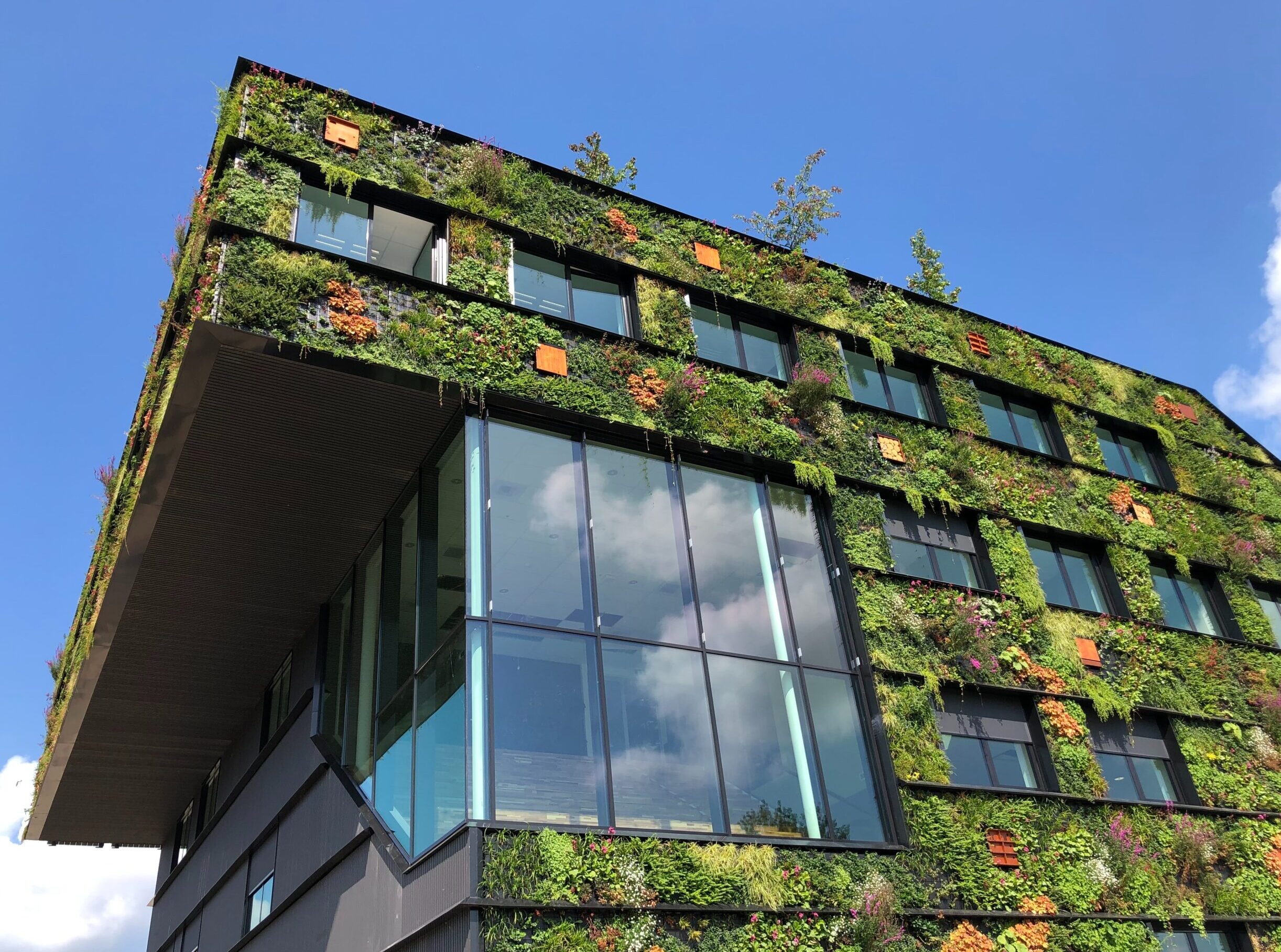
Why is sustainable building gaining traction?
Sustainable building is gaining traction in the real estate industry for a number of reasons. First, there is an increasing awareness of the need to protect the environment. This has led to a growing demand for green buildings. Second, sustainable buildings tend to be more energy efficient, which can save money on utility bills. Third, sustainable buildings are often healthier for occupants, as they typically have better indoor air quality. Finally, sustainable buildings may have a higher resale value than traditional buildings.
What are some sustainable building practices?
There are a number of sustainable building practices that are gaining traction in the real estate industry. Some of these practices include using green building materials, incorporating energy-efficient design features, and utilizing renewable energy sources.
Green building materials are those that have been sustainably sourced and have a lower environmental impact than traditional building materials. For example, bamboo is a popular green building material as it is fast-growing and requires little water or fertilizer to thrive. Other common green building materials include recycled plastic, wool insulation, and low-VOC paint.
Energy-efficient design features can help a building use less energy overall. Incorporating daylighting strategies, for instance, can reduce the need for artificial lighting during the daytime hours. Passive solar design can also help a building stay cooler in the summer and warmer in the winter without needing to rely on mechanical systems.
Renewable energy sources can provide an alternative to traditional fossil fuels. Solar panels, wind turbines, and geothermal systems are all ways to generate renewable energy that can be used to power a home or business. There are also a number of “green” heating and cooling options available that use renewable energy sources, such as air source heat pumps and ground source heat pumps.
How can you make your home more sustainable?
There are a number of ways to make your home more sustainable, from the materials you use to the way you heat and cool it. Using sustainable materials like bamboo or cork for flooring and walls is a great way to reduce your carbon footprint. Passive solar design can help you take advantage of the sun’s energy to heat and cool your home, while natural ventilation can help reduce your reliance on air conditioning. Implementing these sustainable building practices can help make your home more efficient and environmentally friendly.
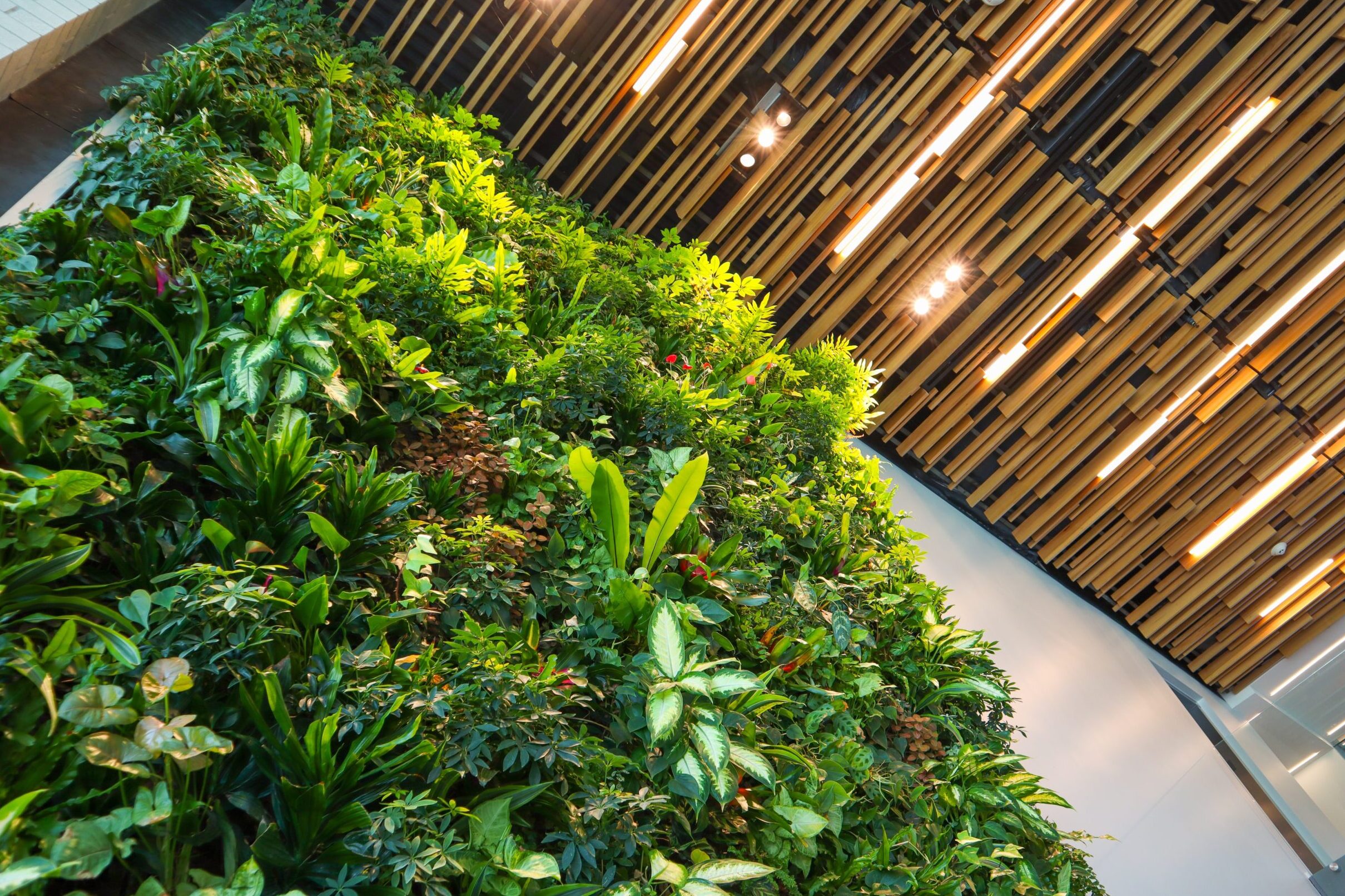
Sustainable building practices are becoming increasingly popular in the real estate industry, and for good reason. Not only do they reduce the environmental impact of construction projects, but they also result in cost savings over time due to the decreased energy costs associated with green buildings. As more real estate companies continue to embrace sustainability as part of their development philosophy, we can expect to see more efficient and eco-friendly project designs that will benefit both our environment and our wallets.
